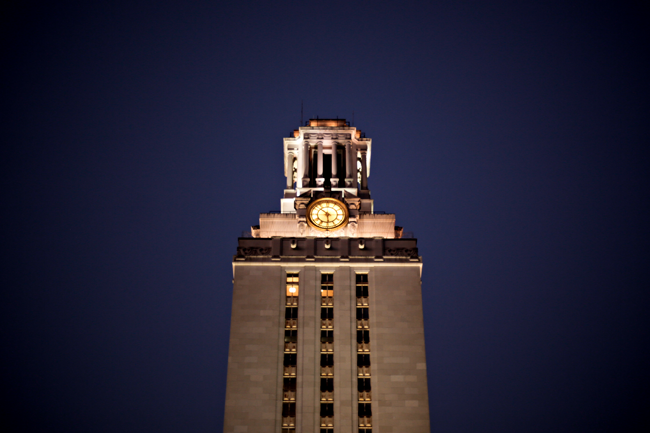“Tied in Texas” and “Has Trump Turned Texas into a Tossup State?” were just a couple of the reactionary headlines this past week as a new Washington Post/SurveyMonkey poll showed Hillary Clinton and Donald Trump neck-and-neck among Texas voters. What is my answer to these headlines? No, Texas is not going to vote for Hillary Clinton, and it’s not going to turn blue any time soon (sorry, Democrats).
There are several missteps being made by voters who believe that Hillary Clinton is going to win Texas. In terms of the Washington Post poll, these are both simple and complex. I should note from the onset that one significant reason to discount the poll is its status as an outlier, because all other polls in the state have Trump winning by at least seven points. That being said, there are many more reasons to believe that the poll is wrong and, thus, that Texas is likely to stay red.
The major error in the Washington Post/Survey Monkey 50-state poll is its enormous (dare I say astronomical?) 25-day run time. Most polls are conducted over a three to seven day period, capturing voter preferences for a relatively small amount of time. In polling terms, this offers us a snapshot of reality — a benchmark of true voter preference during a small amount of time that avoids capturing poll changes that can occur from single events, like party conventions.
In the case of the WaPo poll, this is not true. Because the poll was conducted at the beginning of August, it likely observed the effects of Hillary Clinton’s post-DNC convention bounce. Because of this, the poll may offer up past voter preferences (which favored Clinton) as current voter preferences. The fact that national and statewide polling has shifted towards Trump in the past two weeks gives more reason to suggest that this particular poll is outdated— it’s from a snapshot in the past where Clinton had better chances of defeating Trump.
All of the above discussion has been reasons to question the legitimacy of Clinton’s slim lead in the Washington Post poll. Frankly, it’s not a good representation of what’s going on in Texas now. At best, it’s a representation of the past—and even then it could be wrong.
To be sure, let’s assume that I am wrong. Let’s say that the poll is correct and Clinton is beating Trump by one percentage point in a two-candidate race. Does that prove, or even suggest, that Texas will join Clinton’s coalition this fall? I’m not so convinced.
Keep in mind that taking any one poll is not a good representation of public opinion — that’s why sites such as Pollster.com and RealClearPolitics exist to aggregate and average polls. It’s also why I, along with the folks behind sites such as FiveThirtyEight and VOTAMATIC build election forecasts around these averages. However, we are now operating under the assumption that the Washington Post/SurveyMonkey poll in Texas is a singular accurate representation of the Texas race, so I’ll set that aside.
Using a common statistical tool called the normal distribution we determine that the probability of her 1 percent lead being, in reality, a 1 percent lead (with a semi-normal margin of error of 4 percent) is 69 percent. Those are pretty good odds, but no certainty. Keep in mind that this probability is an absolute best for Clinton — the Washington Post poll is probably off and polling averages only decrease her chances.
Even if we distance ourselves from public opinion polls, we find other uncertainties with the fact that Texas has not voted for a democratic President since 1976, and past voter margins have a high correlation to current margins. On top of that, the majority of Texas state legislature and executive branch elected officials are Republicans—even empirical data is against the Democrats on this one. Betting markets also still list Trump as the overwhelming favorite.
However you measure it, Clinton isn’t anywhere close to a win in the Lone Star State. Even in a best case scenario her win chance is a weak 69 percent. This could change, though, if we see an increase in reputable polls coming out of the state. Ideally for Clinton this would also accompany an increase in Hispanic voter registration. With 40 years of history and data on their side, any rational voter should realize this simple truth: Texas, I’m afraid, is a solid red state, and it is likely to stay like that in the future.
Morris is a government Junior from Port Aransas. He is a senior columnist. Follow him on Twitter @gelliottmorris.





















